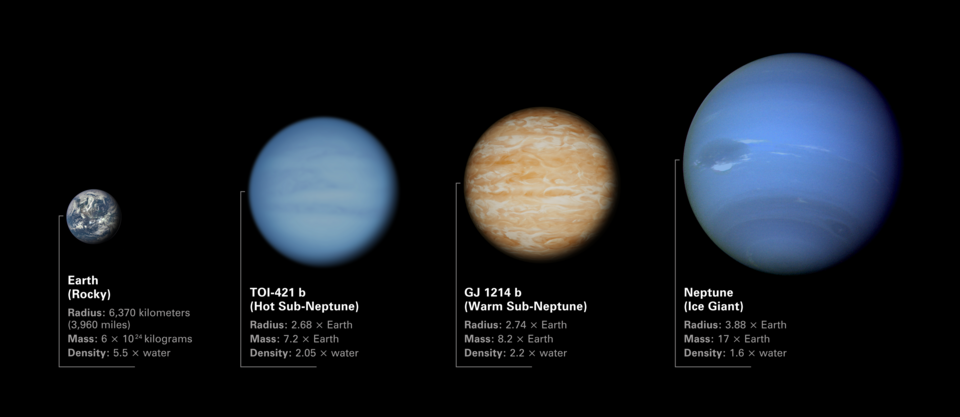James Webb Space Telescope's Insights on Rocky Exoplanet Atmospheres

The James Webb Space Telescope (JWST) has significantly advanced the study of exoplanets, particularly rocky ones, by providing unprecedented observational capabilities. Since its launch, JWST has transformed the exoplanet research landscape, transitioning from mere discovery to detailed atmospheric characterization. Despite the achievement of identifying over 5,900 exoplanets, with only 217 confirmed as terrestrial, understanding the atmospheres of these rocky bodies remains a considerable challenge due to their small sizes and proximity to their stars.
As detailed in a recent paper by Laura Kreidberg, Professor at the Max Planck Institute for Astronomy (MPIA), and Kevin B. Stevenson from the Johns Hopkins University Applied Physics Laboratory (JHUAPL), the JWST has not yet successfully determined the atmospheric compositions of rocky exoplanets. Their study, titled "A first look at rocky exoplanets with JWST," outlines the need for a new framework to enhance the precision of atmospheric measurements. The paper was preprinted online and is under review for publication in the Proceedings of the National Academy of Sciences (PNAS).
The JWST has achieved notable milestones, including the most precise transmission spectra for rocky planets and the capability to detect thermal emissions from several rocky exoplanets. Kreidberg noted, "JWST has allowed us to push these measurements to cooler rocky planets than ever before - now as low as 100 degrees Celsius, compared to 800 degrees previously." This capability opens up new avenues for understanding the atmospheric properties of planets orbiting M-type red dwarf stars, which constitute approximately 80% of the stars in our galaxy.
The concept of the "cosmic shoreline" has emerged as a framework to predict which rocky exoplanets are likely to retain their atmospheres. Kreidberg explained that planets with higher mass and lower irradiation are more likely to maintain atmospheres. However, it remains unclear how different stellar types and their radiation histories affect this shoreline. Late-stage stars, particularly late M-type stars, expose their planets to intense radiation, leading to potential atmospheric loss.
To address the challenges of atmospheric characterization, Kreidberg and her team propose the "five-scale height challenge," a goal to achieve the measurement precision necessary to detect Earth-like atmospheric features. The research emphasizes the need for more observations to refine the data required for identifying such features. As Kreidberg stated, "The largest spectral feature in Earth’s atmosphere is carbon dioxide, and it spans about five scale heights. So far, the data is not precise enough to see a feature this small; hence, more observations are needed!"
The JWST's capabilities allow astronomers to detect tiny signals from essential volatile elements, such as water (H2O), carbon dioxide (CO2), and methane (CH4). These observations are vital for understanding the potential habitability of rocky exoplanets. A JWST observing program (GO 7073, Charting the Cosmic Shoreline) has been approved to focus on a select group of rocky planets deemed most likely to possess atmospheres.
While the JWST has made significant progress in identifying rocky planets that may have atmospheres, it is limited in its ability to study Earth analogs around Sun-like stars. Future missions, such as the Habitable Worlds Observatory (HWO), are expected to tackle these limitations through direct imaging techniques. Kreidberg concluded, "We have made great progress with JWST already in our understanding of which rocky planets could have atmospheres. This is a critical first step, well before we get to biosignatures. We need to learn to walk before we can run!"
In summary, the JWST continues to push the boundaries of our understanding of rocky exoplanets and their atmospheres, setting the groundwork for future explorations and paving the way toward identifying potential signs of life beyond our solar system.
Advertisement
Tags
Advertisement





